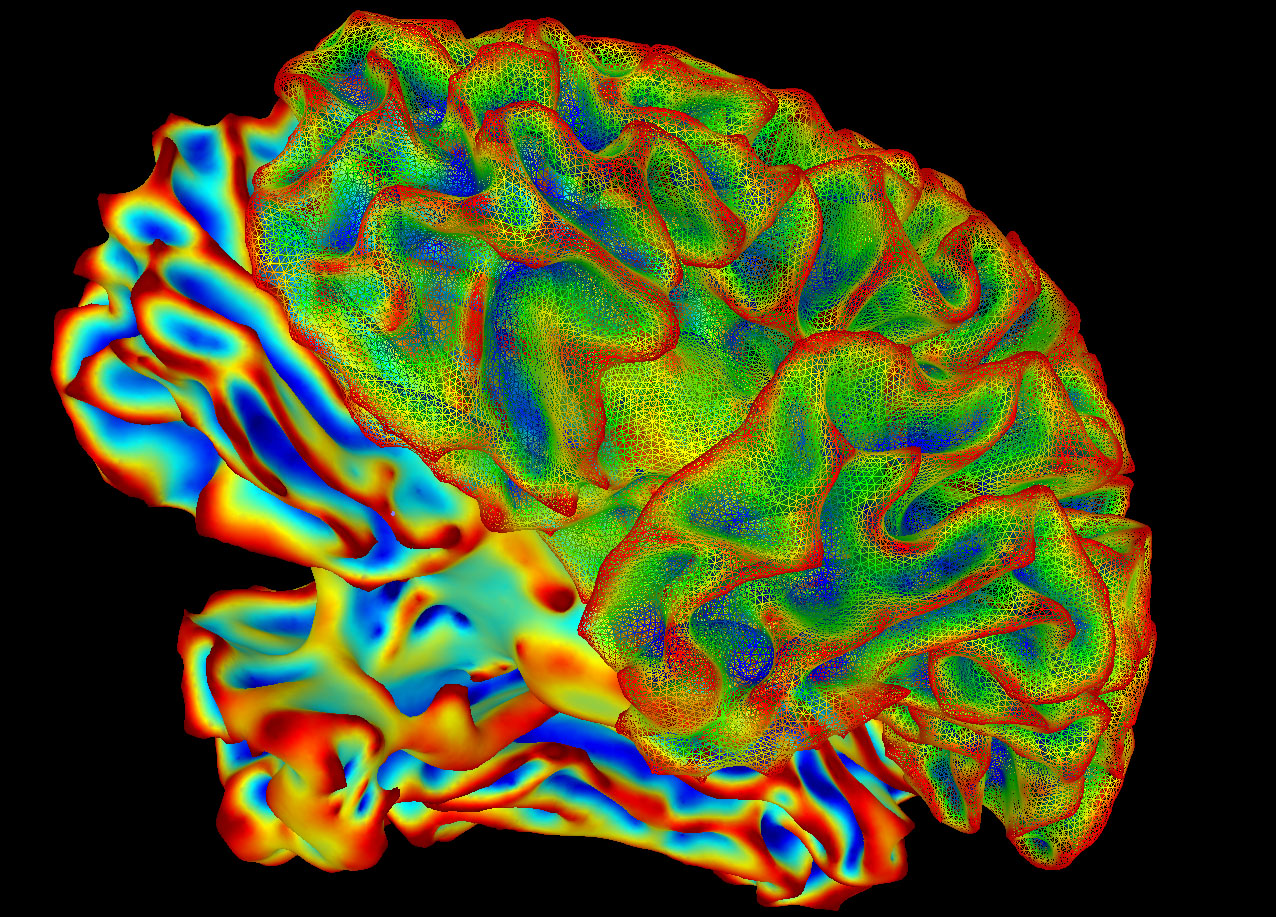New way to model neural disease could lead to better understanding
Author: Shea Coburn, Hotchkiss Brain Institute
A deep neural network is a computerized brain-inspired machine learning model, which uses many layers of simulated neurons to mimic the function of the cerebral cortex. Each layer in the network creates more complex activity, which simulates the way information is processed in the human brain. These networks can be designed to replicate structures in the brain, allowing researchers and scientists to model specific brain functions more easily.
University of Calgary researchers have taken a new approach to using these networks for modelling of the human brain. Most studies, to date, have used deep neural networks to look at healthy brain function. These investigators wanted to know if these models could be applied to better understand brain function in a diseased brain. In this case, looking at posterior cortical atrophy (PCA), an atypical form of Alzheimer’s disease affecting the visual cortex.
“Using these artificial networks to model dementia could enable an improved understanding of the disease,” says Dr. Nils Forkert, PhD, an associate professor in the Cumming School of Medicine and principal investigator. “It allows us to have one well-established reference model that can be damaged in many different ways versus having to image hundreds of patients with different neurodegeneration patterns to obtain similar information.”
In the findings published in Frontiers in Neuroinformatics, Forkert, along with Dr. Anup Tuladhar, PhD, Dr. Zahinoor Ismail, MD, and PhD student Jasmine A. Moore used a standard neural network for automatic object recognition in images, titled VGG19, to simulate a brain with dementia symptoms. The researchers progressively damaged connections between neurons in the network, to mimic neurodegeneration in the visual system of the human brain.

